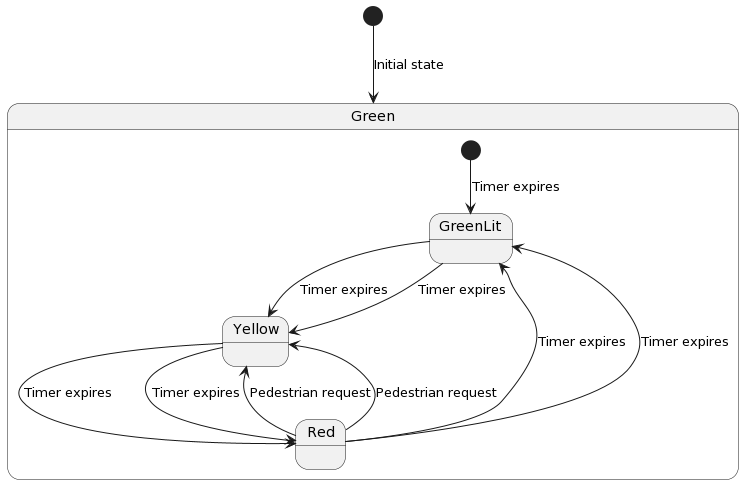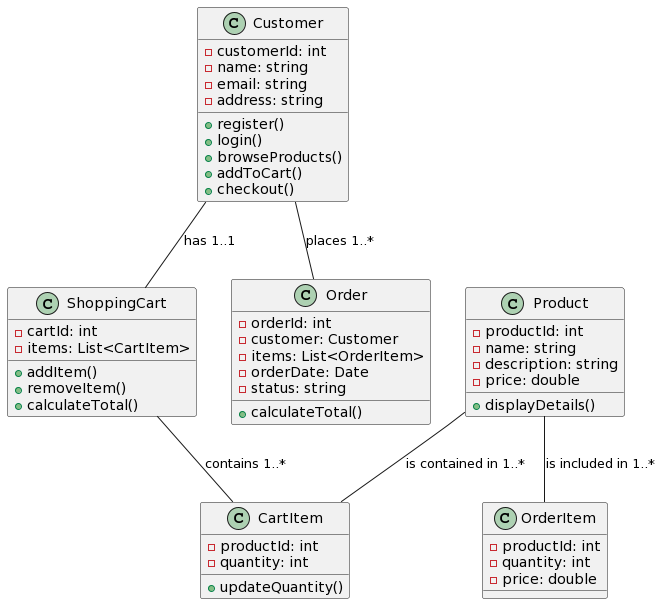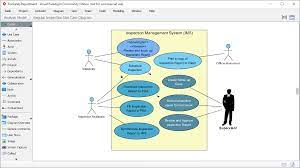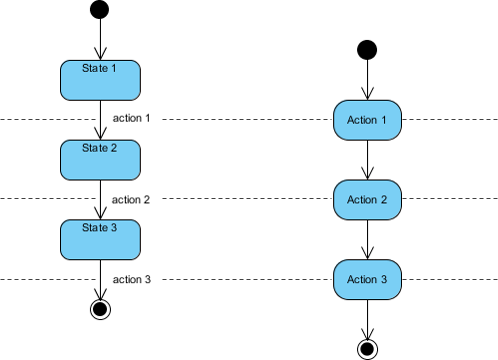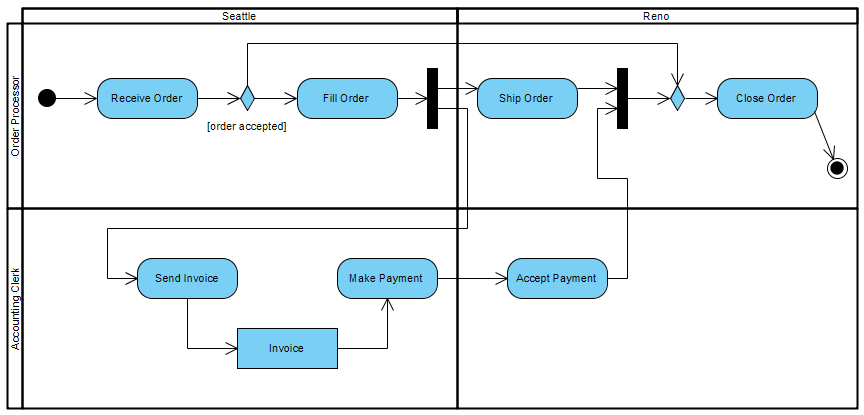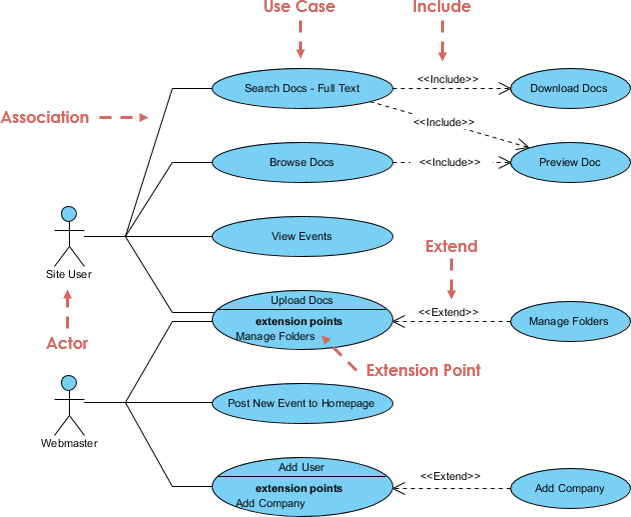Optimizing Business Processes: As-Is/To-Be Analysis for Continuous Improvement
Introduction As-is/to-be analysis constitutes a foundational and indispensable technique within the realm of business process improvement (BPI). Its primary purpose is to meticulously scrutinize, evaluate, and enhance existing business processes, thereby fostering enhanced operational efficiency and productivity. Comprising two pivotal phases, "as-is" and "to-be," this analytical framework plays an instrumental role in the systematic execution of BPI initiatives. Through these distinct phases, organizations embark on a journey of self-examination and transformation, with the overarching objective of pinpointing areas ripe for enhancement and crafting a blueprint for more streamlined and effective future process states.…continue reading →


